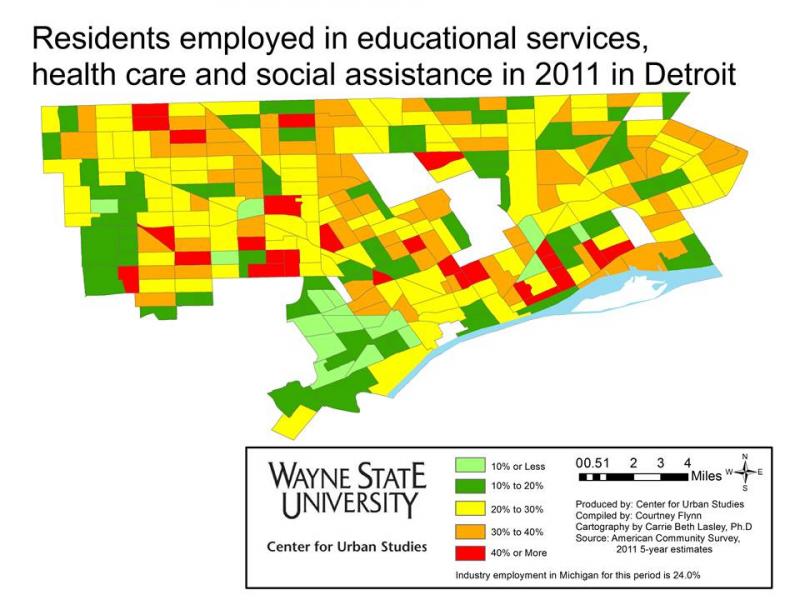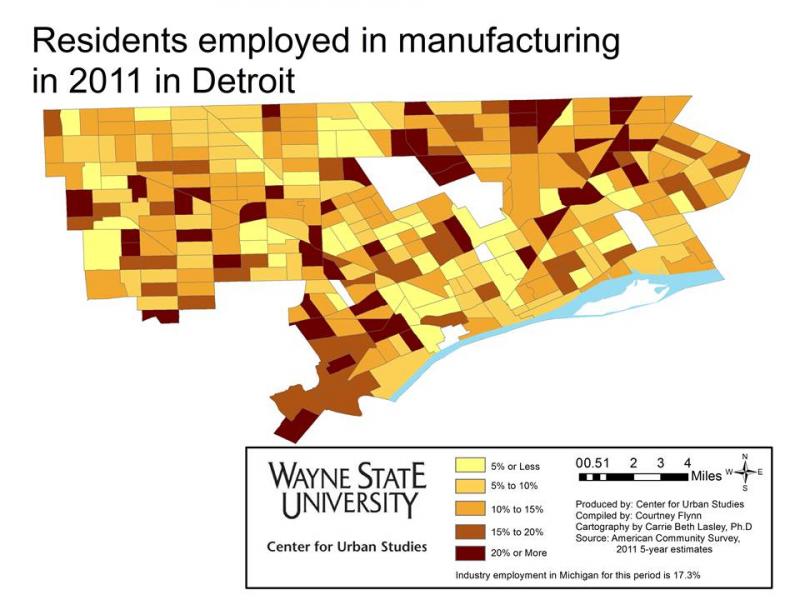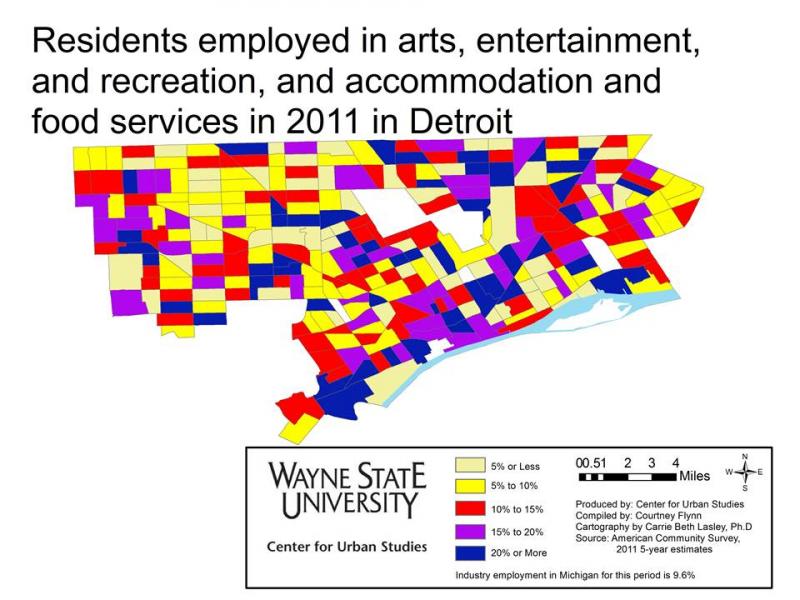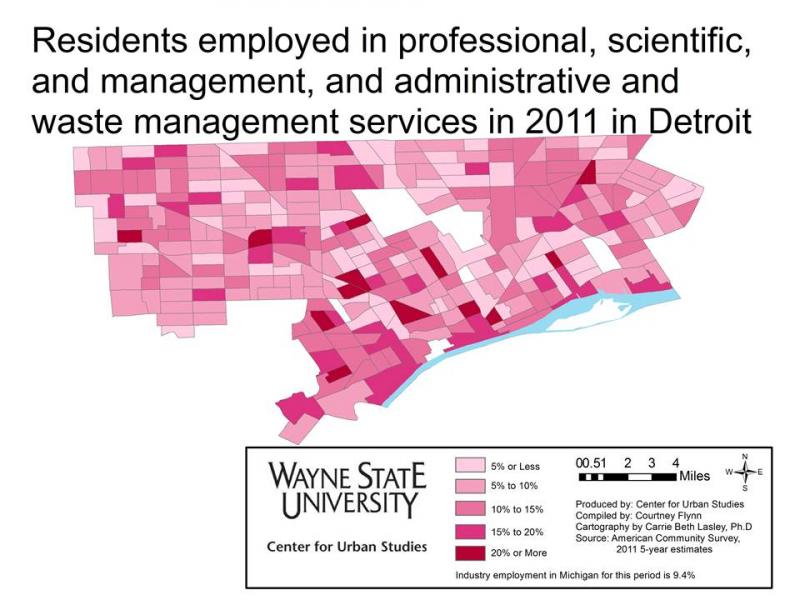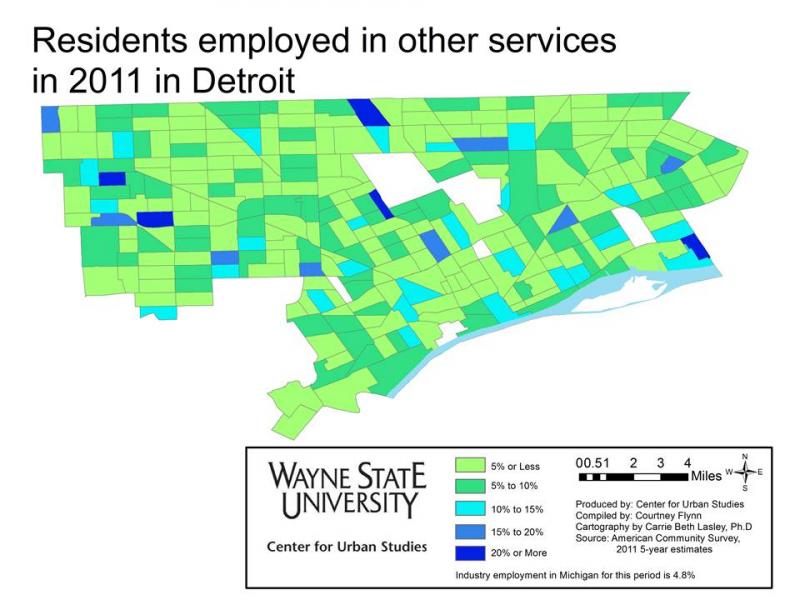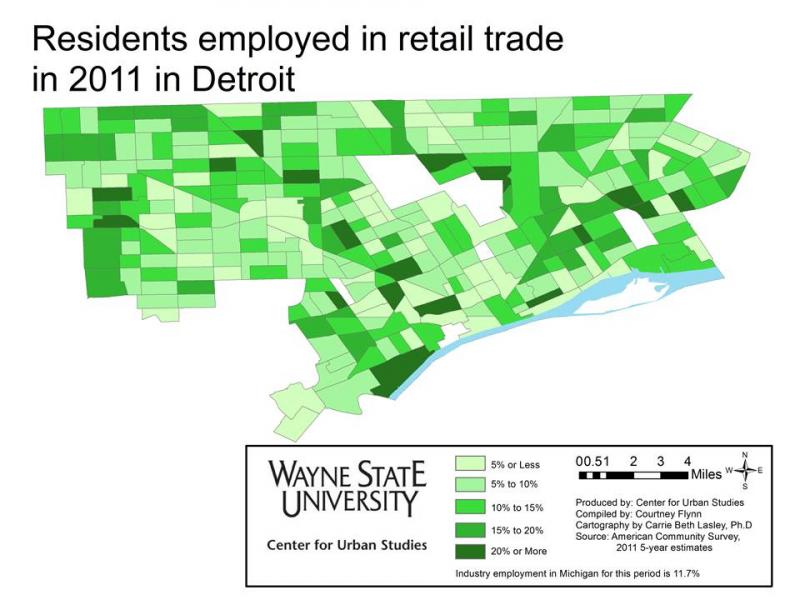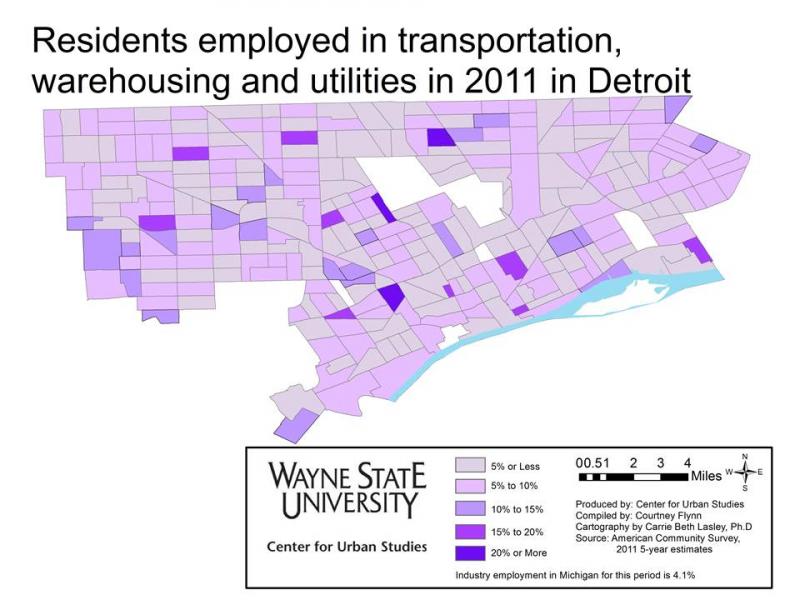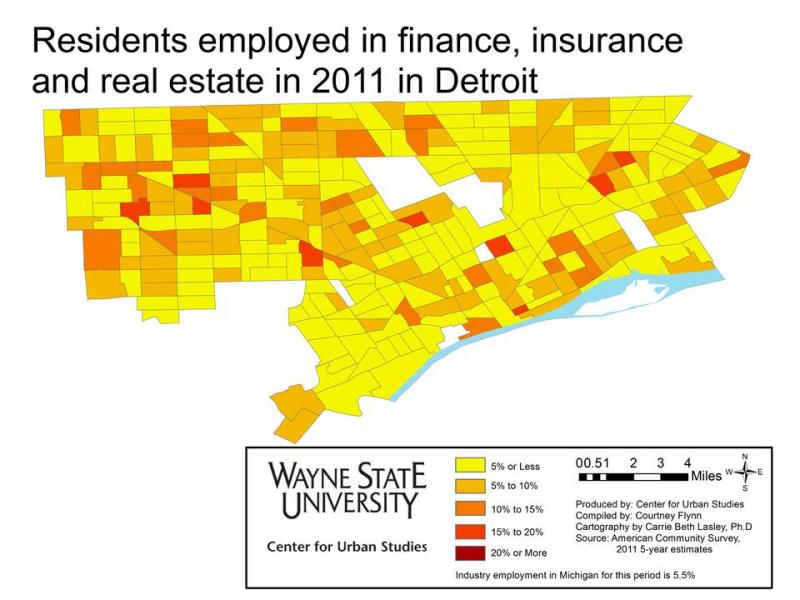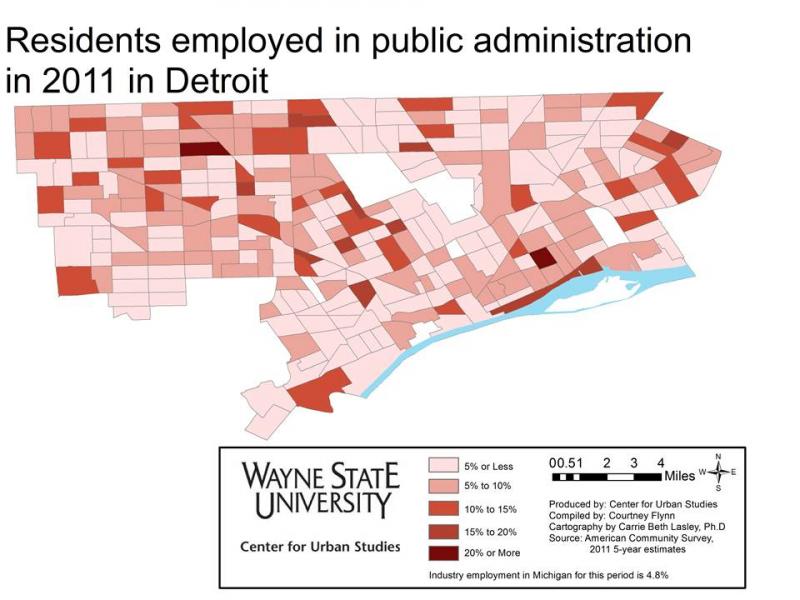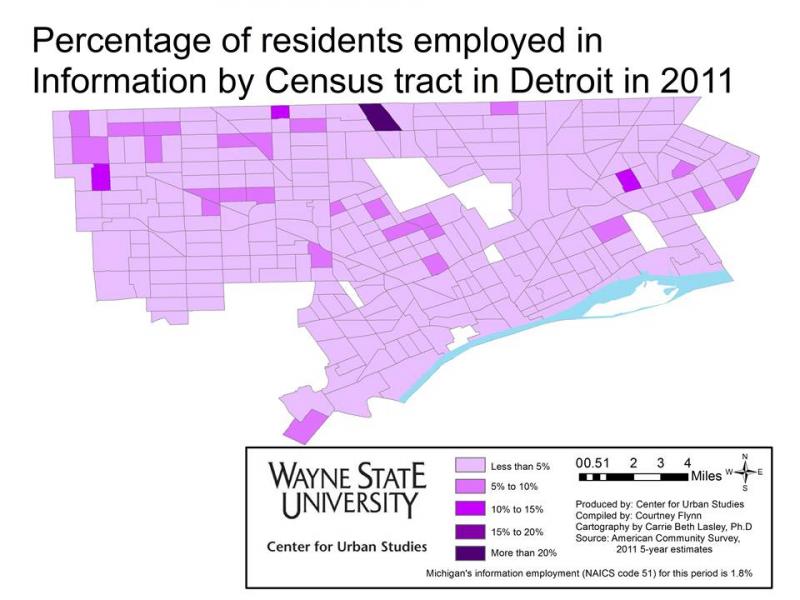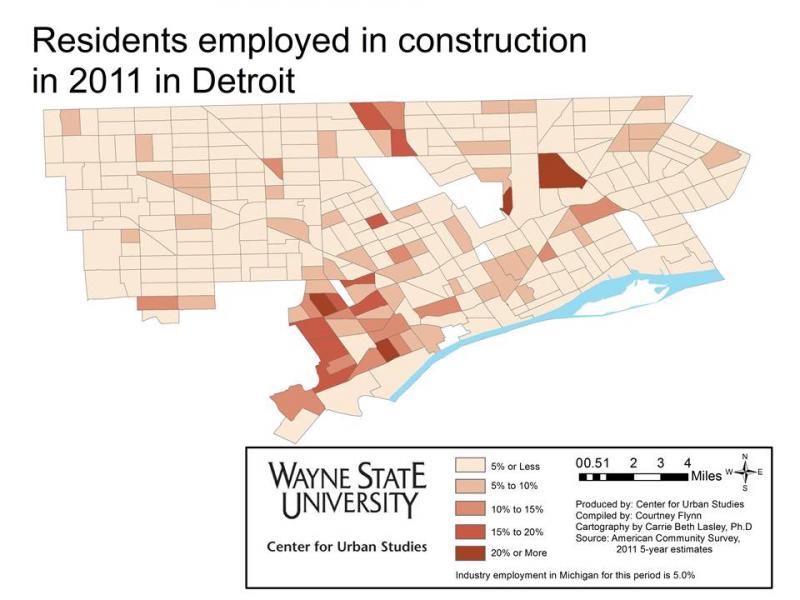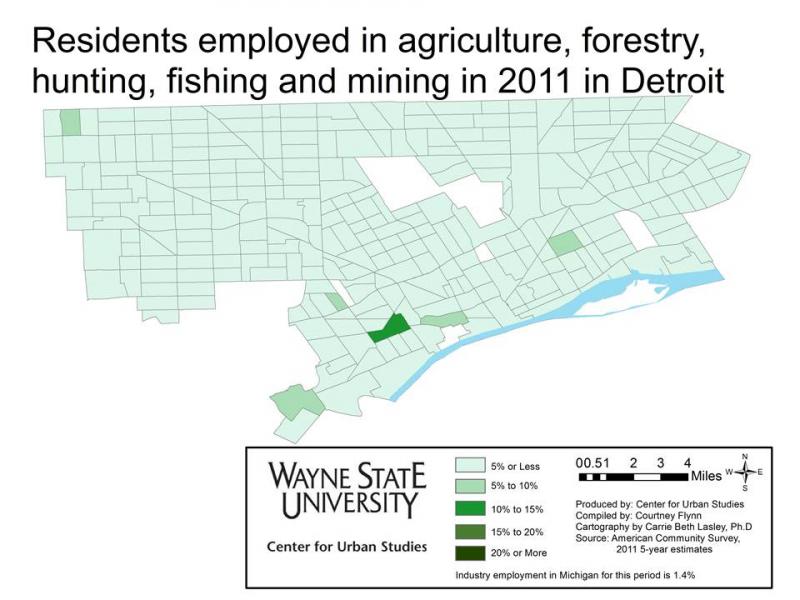Today, Gov. Gretchen Whitmer placed a three week stay-at-home order on the residents of Michigan to slow the spread of the coronavirus disease (COVID-19). This order, along with other executed orders issued in the last week means restaurants are limited to takeout, casinos are shuttered and the Big 3 (Ford, GM and Chrysler-Fiat) all temporarily closed their manufacturing plants, along with hundreds of other businesses deemed non-essential. As the number of confirmed cases in Michigan continue to rise so do the concerns about economic stability. Staying home and social distancing are necessities at a time like this but businesses, and their employees, are grappling with how to stay afloat. Some have the ability to have their employees work from home, others can pay their workers for some period of time despite being closed, and many employees are left without knowing where their next paycheck will come from.
According to Bridge Magazine, the Michigan Department of Labor and Economic Opportunity reported about 108,000 unemployment claims as between March 16-20, 2020. The same agency reported that the average weekly unemployment claims during the height of the Great Recession peaked at about 90,000.
To provide a better glimpse as to how many people in Michigan may be economically impacted due to this global pandemic we have provided the most recent annual employment numbers from the State for occupations and industries that have been or are most likely to be impacted.
All the employment data in this post is from the Michigan Department of Management, Technology and Budget and focuses on Metropolitan Statistical Areas (MSA) in Michigan, which are areas with a dense population at its core and close economic ties to the surrounding areas in the region. Not all MSAs in this post had data to reflect the industries or occupations examined in this post. Additionally, some State totals may vary from the totals in the pie charts due to the fact not all MSAs had data and some areas, such in the Upper Peninsula, do not have an MSA but do still have employees in the various industries and occupations examined.
The chart below shows the number of employees in 2019 of the various industries and occupations that are arguably amongst the hardest hit due to COVID-19, whether it be from being forced to or from being overworked due to community needs (health care workers and grocery stores, who have been deemed essential employees by the governor).
In 2019, there were 672,000 people who declared manufacturing as their occupation; this was the highest number in the State of Michigan of those examined in this post; those declaring health care and social assistance as their occupation came in second at 606,900. The food preparations and serving industry came in third with 392,900 people employed in the State of Michigan.

In breaking the data down further, we look at the same industries and occupations (if data was available) for the Detroit-Warren-Dearborn MSA. For just this area, the health care and social assistance occupation had the most number of employees at 288,300 in 2019, followed by manufacturing at 257,900. In the Detroit-Warren-Dearborn MSA there were 169,500 people in the food preparation and serving industry.

The two pie charts below highlight what areas (MSAs) are likely to be impacted the most in terms of unemployment as a result of COVID-19 related closures. Food preparation and serving and manufacturing were the only two occupations with comprehensive data sets for 2019, and as both charts show, the Detroit-Warren-Dearborn MSA had the highest number of employees (this is also the most densely populated area in the State). For food preparation and serving there were 169,950 employees in the Detroit-Warren-Dearborn MSA followed by the Grand Rapids-Wyoming MSA with 45,140 employees. For manufacturing there were 257,900 employees in the Detroit-Warren-Dearborn MSA in 2019 and 119,000 in the Grand Rapids-Wyoming MSA.


As the snapshots above show, thousands of people are at risk of being unemployed for an unknown amount of time. And, as noted earlier, the number of unemployment claims continue to rise as a result of COVID-19 and the precautions being taken to “flatten the curve.” In 2019 the unemployment rate for the State of Michigan was 4.1 percent, the lowest it has been since the start of the Great Recession in 2008. We certainly have a long way to go before unemployment rates reach what they were during the peak of the recession (14%) but with such a swift shift in employment for hundreds of thousands of people the possibility is certainly on the minds of many.

While the economic future of Michigan and the country is not exactly certain at this time, actions are being taken by federal and state officials to aid citizens. At the federal level officials are working to secure a coronavirus stimulus check for qualifying citizens and in Michigan Gov. Whitmer extended unemployment benefits, among other forms of support. For now, what we can do is adhere to the guidelines created by the Centers for Disease Control to “flatten the curve,” which include: remaining at home-especially when sick, keeping at least six feet away from others, washing your hands frequently for at least 20 seconds, covering coughs and sneezes and regularly cleaning frequently touched surfaces. Additionally, local businesses can be supported by: purchasing gift cards, donating to funds they may have created or are being supported through, ordering their products online or purchasing carry-out and writing your elected officials to find means to further support them through public policy decisions.
